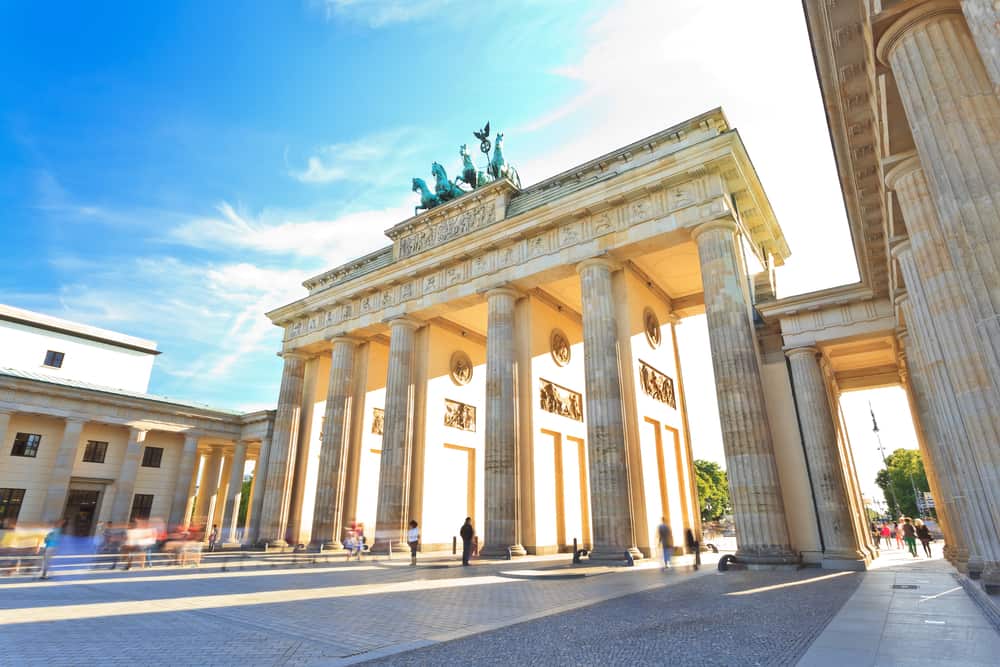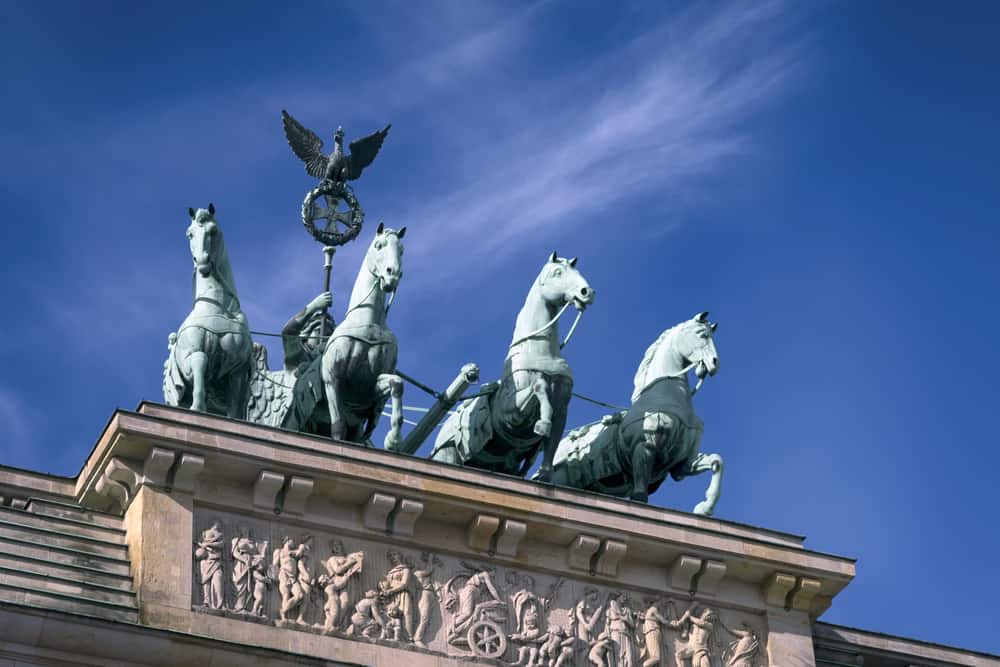If you’re planning a trip to Berlin, there’s one landmark you won’t want to miss: the Brandenburg Gate (Brandenburger Tor). As one of the city’s most iconic monuments, the Brandenburg Gate has a long and fascinating history. It’s also an important symbol of Berlin and Germany, making it a must-see for any visitor to the German capital.
In this blog post, we’ll take a closer look at the history and significance of the Brandenburg Gate. We’ll also provide some practical tips for visitors, including transportation information and nearby attractions. And we’ll share some ideas for incorporating the Brandenburg Gate into your trip to Berlin, whether you’re visiting for a day or staying for a longer vacation.

So read on for everything you need to know about the Brandenburg Gate in Berlin.
The history of the Brandenburg Gate
The Brandenburg Gate is an iconic symbol of Berlin, and its history dates back centuries. Originally built in the 18th century as an entrance to the city, it soon became a symbol of Prussian power. After the fall of the Prussian empire, the gate was damaged and taken down, but it was later rebuilt and now stands as a symbol of German unity.
Every year, thousands of people visit the Brandenburg Gate to see its beautiful architecture and learn about its rich history.
The significance of the gate as a symbol of Berlin and Germany
The gate has long functioned as a symbol of Berlin and Germany as a whole. Its position at the entry point to the city and its impressive architecture has made it one of the most recognizable landmarks in all of Europe.
The gate has also come to represent Berlin’s unique history, with its prominent location at the former border between East and West making it a testament to the changes that Germany has undergone over the years. In addition, the gate represents resilience, serving not only as a cultural icon but also as a meeting place and focal point for gatherings, including peaceful protests during times of political instability or upheaval.

Ultimately, the Brandenburg Gate stands not just as a physical structure or historical relic but as an enduring emblem of German identity and resilience.
Tourist tips for visiting the Brandenburg Gate, including information on nearby attractions and transportation options
The gate is located in the heart of the city, and thus it is surrounded by many other attractions. The Reichstag Building, the seat of the German government, is nearby, as well as the Holocaust Memorial and the Berlin Wall Memorial. There are also several museums and art galleries in the area.
The best way to reach the Brandenburg Gate is by public transportation. The nearest subway station is Brandenburger Tor, and several bus lines stop near the gate. If you are driving, there are several parking garages in the area.
When visiting the Brandenburg Gate, be sure to dress appropriately for the weather. The gate is open all year round, but it can get very cold in winter.
Ideas for incorporating the Brandenburg Gate into a trip to Berlin
There are many great ways to incorporate the Brandenburg Gate into your visit to Berlin. Whether you are planning a visit as a day trip from other parts of Germany, or if you have time for a longer vacation in the city, there are plenty of attractions to explore to make the most of your visit.
One possibility is to take a guided tour of the Brandenburg Gate and learn more about its history and significance. This could be a great way to start your visit, as it will help you understand the context behind this impressive monument. You could also visit some of the nearby museums dedicated to German culture and history, such as the Neue Nationalgalerie and DDR Museum.
Alternatively, if you have more time on your trip, why not go beyond a simple visit to the Brandenburg Gate itself? Take advantage of Berlin’s vibrant food scene by trying out some local culinary specialties like currywurst or doner kebabs – just be sure to get them at an authentic local vendor.
And while you’re exploring this bustling city, why not step back in time with a visit to one of Berlin’s many historical sites, like Checkpoint Charlie or Alexanderplatz?
A final thought on the Brandenburg Gate
The Brandenburg Gate is undoubtedly one of the most iconic landmarks in the city of Berlin. From the countless photos that capture this majestic structure to the countless memories it holds for locals and tourists alike, the gate has become synonymous with the rich history and culture of the vibrant German capital.
Whether you are admiring the elegant columns and carvings, sampling a local delicacy from one of the quaint stalls nearby, or exploring the many historic sites that surround the gate, there is no doubt that this landmark will leave an indelible impression on anyone who comes across it.

The Brandenburg Gate represents not just the heart of Berlin, but also the essence of life itself – vibrant, ever-changing, and endlessly fascinating. Truly, it is a must-visit destination for any traveler who wants to experience everything that Germany has to offer.
In Conclusion
The Brandenburg Gate is one of the most iconic landmarks in Berlin, and a must-visit destination for any traveler who wants to experience everything that Germany has to offer.

Whether you are taking a guided tour of the gate or sampling local delicacies from one of its nearby stalls, there is no doubt that the Brandenburg Gate will leave an indelible impression on anyone who visits it. So if you are planning a trip to Berlin, be sure to add this landmark to your itinerary – you won’t regret it!
